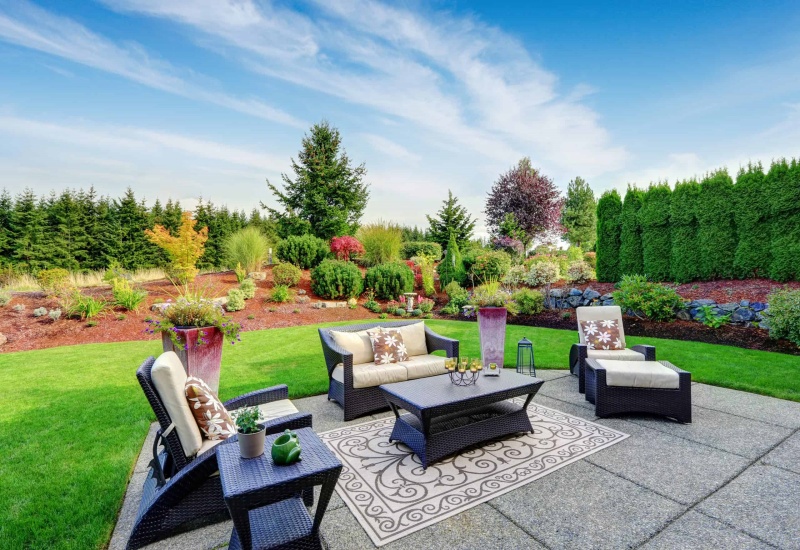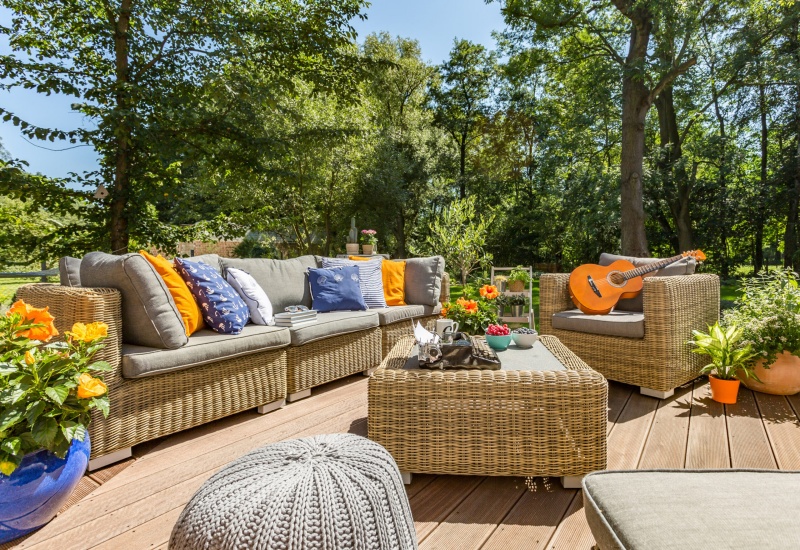The first step in landscape design is planning. Assess your space and consider its strengths and challenges. Take note of sunlight patterns, soil conditions, and existing structures. Define clear purposes for different areas within your garden, such as spaces for dining, play, or quiet reflection. A well-thought-out plan lays the foundation for a cohesive and functional design.
Incorporating diverse plantings is essential for a dynamic landscape. Use a mix of trees, shrubs, perennials, and annuals to create layers of interest. Choose plants that thrive in your local climate and soil type to ensure low maintenance and sustainability. Native plants often require less water and care while supporting local wildlife. Group plants with similar water and light requirements together for easier maintenance and healthier growth.

Hardscaping elements like patios, walkways, and retaining walls add structure and functionality to your design. Materials such as stone, brick, or concrete can complement the natural beauty of your plants. A well-placed patio provides a perfect spot for outdoor dining and gatherings, while pathways guide visitors through your garden, creating a sense of flow and exploration.
Water features such as fountains, ponds, or streams can add a tranquil ambiance to your landscape. The soothing sound of running water enhances the relaxing atmosphere and attracts birds and other wildlife. Ensure that water features are proportionate to your garden’s size and style to maintain harmony in your design.
Lighting plays a crucial role in landscape design, extending the enjoyment of your garden into the evening. Use a combination of ambient, task, and accent lighting to highlight key features, illuminate pathways, and create mood. Solar-powered lights are an eco-friendly option that adds charm without increasing energy costs.



